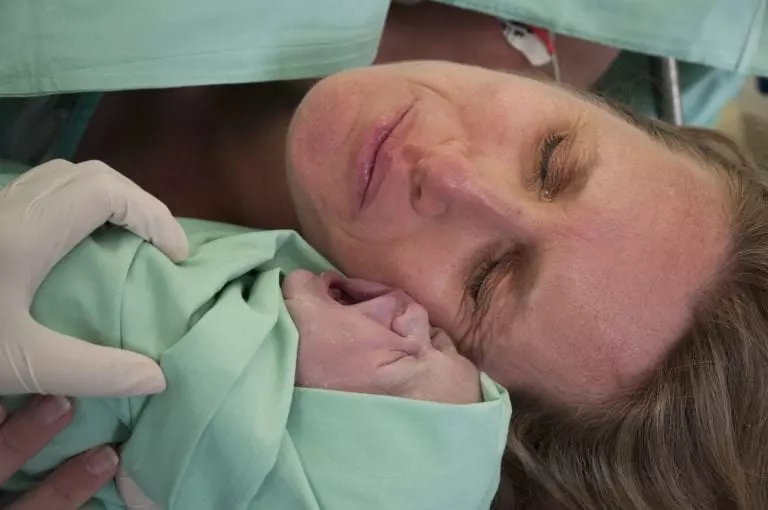As your pregnancy progresses, your prenatal care provider may advise on checking your cervical length, particularly if you’ve ever had a later miscarriage (post-first trimester) or preterm labor or birth. Women with a shorter cervix in the second trimester may be at increased risk for preterm labor and birth, studies show.
Think of your cervix as part of an upside down wine bottle, with your uterus as the body of the bottle, and your cervix as the neck, leading to your vagina. Where the cervix joins the vagina, there’s a mucous plug, like a cork, that holds the cervix closed. Your cervix should be closed throughout pregnancy until just before your baby is ready to be born.
If your cervix begins to open before your pregnancy is at term, this could put you and your baby at risk for premature labor and birth. Currently, cervical length measurements aren’t typically recommended unless you’ve had problems with your cervix in previous pregnancies, are expecting twins, or if you’ve had surgery to your cervix.
Knowing and understanding your risks for preterm birth can help guide your prenatal care and minimize your risks.
Measuring Up
Your cervix is located where your uterus opens into the vagina. The primary way to measure your cervical length is through ultrasound, which experts prefer for accuracy and to obtain additional views of the cervix as necessary. There’s also a measuring device that looks like a long cotton swab. Typically, either of these procedures can be done at your provider’s office.
Your cervix should measure between 3cm and 5cm long. Your care provider may also look at the shape of your cervix, noting to see if it changes from V-shaped to U-shaped, which is called
“funneling.” If your cervix is short (less than 2.5 cm) and shows funneling this puts you at a higher risk for delivering your baby early.
If your cervix measures less than 2.5cm, your healthcare provider may request you have additional scans and recommend further interventions, including bed rest, based on your previous pregnancies or medical history.
What Next?
,












